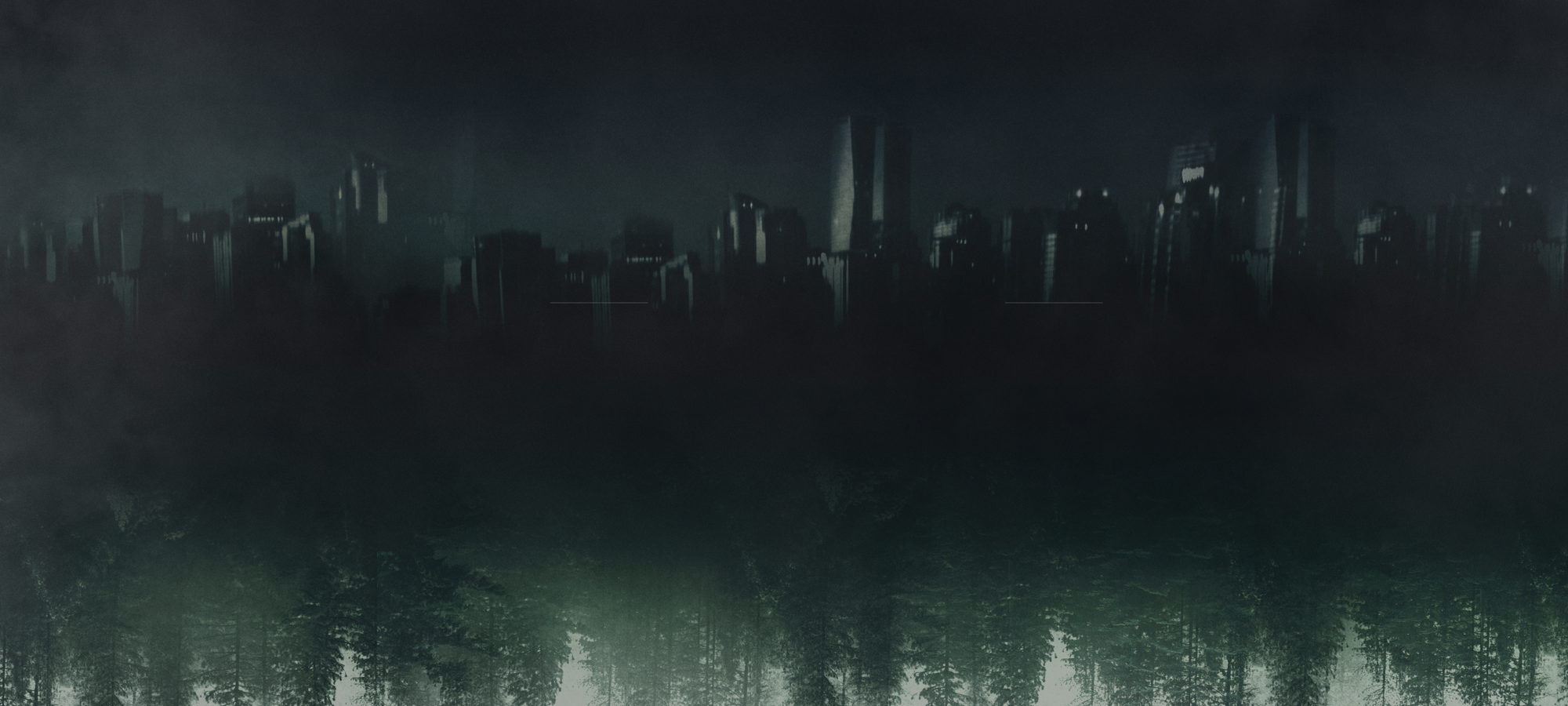Terreturn: The Burial Ritual
The tradition that is upheld in East Mercia when someone dies, is that of returning their earthly bodies to the ground, together with the sapling of a tree. The tree then grows over the body of the deceased, forming a living monument for the person’s memory. A plaque is placed beside the tree, identifying the person who was returned below it.
Some of the older, more wealthy families have entire forests filled with these trees, such as the Sherwood Forest on the Loxley Estate. In the countryside and in Nottingham’s outer circle, there are communal return forests for the poorer members of society.
The Ritual
After a death has occurred and any post-mortem medical or legal processes have been completed, the deceased will have a “lie-in” for eight days, at the family home. During this period, friends and relatives of the deceased will wear white or pale colours, if possible. A white sheet will be hung, either at the gate or from the front of the house, to indicate that the mourning period has begun.
This “fore terreturn” not only allows for relatives and friends to pay their last respects, but the East Mercians believe that the deceased also needs time to say goodbye. Therefore, it is the tradition to bring favourite items to lay beside the deceased, read to them from books and play music, films or sporting events they loved. Thus, the deceased is allowed a last taste of their life, before moving on.
During this period, it is traditional to weave wreaths of leaves and branches to accompany the coffin. Each visitor will contribute to these wreaths and East Mercians believe that putting their energy into the wreaths means a part of them will remain with the deceased.
At the end of the eight days, the deceased is wrapped in a white shroud and placed in a wicker coffin, with the wreaths laid across the top.
East Mercians practice terreturn with and without cremation, depending on the wishes of the deceased. However, most Hycathic followers will be cremated, as will many non-Hycathic persons, due to land being scarce after the floods.
If the body is to be cremated, the coffin is taken to the funeral home where the cremation will be carried out with a small ceremony. When the ashes are ready, they will be placed in an urn and carried at the head of a procession, from the funeral home to the returning ground. If terreturn without cremation has been decreed, the coffin is carried at the head of a procession, directly from the deceased’s house to the returning ground.
At the returning grounds, a spot will be prepared. The coffin or urn is placed in the hole and the nearest next of kin places the sapling carefully on top.
If the deceased was of the Hycathic faith, their local Octal will speak words from the Hycathic funeral scriptures. If they were of another faith, their holy person will likewise speak some words. If the deceased was not of any faith, it is usual for the next of kin to speak.
All funeral-goers then take turns filling the hole with earth and securing the sapling into the ground. This communal interment is intended to bring the mourners closer together and forge new connections. The wreaths are placed against the trunk of the sapling to act as guardians, while the sapling begins to grow.
The funeral-goers will then return to the deceased’s house or that of the next of kin, for the “poste terreturn”. This is a joyful celebration of the deceased’s life that often continues long into the night. Here, stories will be told about their lives and deeds, songs will be sung, food will be eaten and people will be dancing. The after terreturn is intended to represent life continuing while keeping the memory of the deceased alive.

